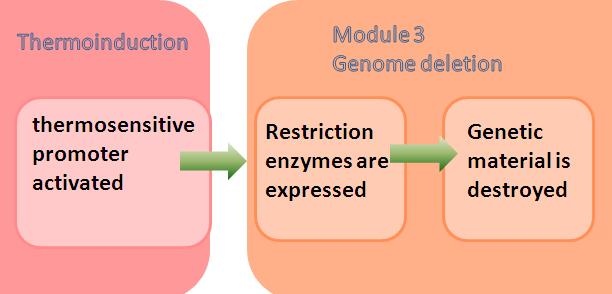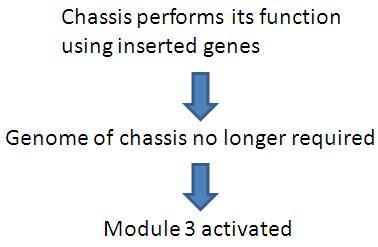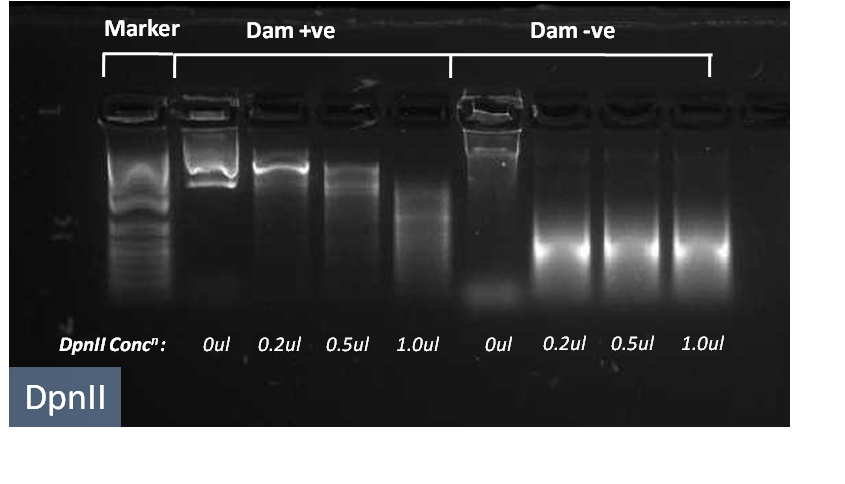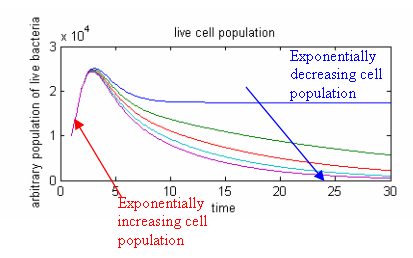Team:Imperial College London/M3
From 2009.igem.org

Please delete as completed.
Module 3 feedback from todays session:
1) Bold important sentences/words
2) Presentation is different to the previous pages - restructure
3) 3 learn more tabs in a row - yucky
4) If no data exists - say that as the wiki is being frozen we haven't added the data but will have it in time for the Jamboree.
5) Have a rationale section.
6) Add what teams can reuse from this module.
7) Have a conclusion of the page at the end - couple of lines.
8) Link to the relevant Wet Lab section
9) Remove !'s in learn mores
Contents |
Module 3: Genome Deletion

Module 3 is the final module of the system. The E.ncapsulator has successfully completed its job of polypeptide production and encapsulation. Now, it needs to be prepared to be converted into a safe pill carrying the polypeptide of interest. This is done by removing the genetic material which renders the cell inanimate.
Rationale
Module 3 acts as a reusable module for removal of genetic material without toxic effects.
Removal of genetic material by the use of restriction enzymes prevents the accidental transfer of DNA to other gut microflora, which could lead to development of virulence. This module is a highly reusable for any chassis system where there is a need to remove genetic material after genes are expressed.
Our pill is to be consumed within the human body. This rules out the toxin-generating methods to induce cell death. Restriction enzymes are the preferred method for inducing cell death as they ar relatively harmless outside of the cell.
Theory
Engineering cell death
Due to the possible pathogenicity and health concerns, cell death must occur before the pill is ready for consumption. Therefore, the method chosen needs to be foolproof and have failsafe mechanism.
Under the control of a thermoinducible promoter (K098995), when the temperature is raised, the promoter is activated and restriction enzymes are produced. There is a safeguard here as the temperature of the human body is around 37 degrees, so that even if the bacteria are not killed by the heat pulse, they will be killed after they enter the human body.
The restriction enzymes DpnII (K200009) and TaqI (K200010) are produced. This duplicity of restriction enzymes ensures that even if one enzyme is inactivated, there will still be another restriction enzyme cut frequently in the genome, digesting the entire genetic material. Dam methylase (K200001) is constitutively produced at a low amount. This prevents leaky expression of restriction enzymes from damaging the genome prematurely. Consequently, a balance exists between Dam methylation and restriction enzyme activity.
Our results
Wetlab
The activity of the restriction enzymes is critical to module 3. We have tested this using a genomic digest assay.
The restriction enzymes DpnII and TaqI are shown to cut genomic DNA into small fragments, shown on the right by a smear of bands. We have further tested the restriction enzymes in DNA which have been methylated by Dam enzymes and shown that there is essentially no cleavage at low concentrations of restriction enzymes.
Drylab
We have also attempted to link our restriction enzymes with cell death using a model.
The population increase is initially exponential as the restriction enzymes have a delay in production. As the restriction enzymes accumulate in the cell, the cell growth starts to slow down. If the lambda cI promoter is strong enough, killing rate will greatly exceed cell division rate, and there will be an exponential decrease in cell population.
Project Tour


Module 3 Contents





 "
"









